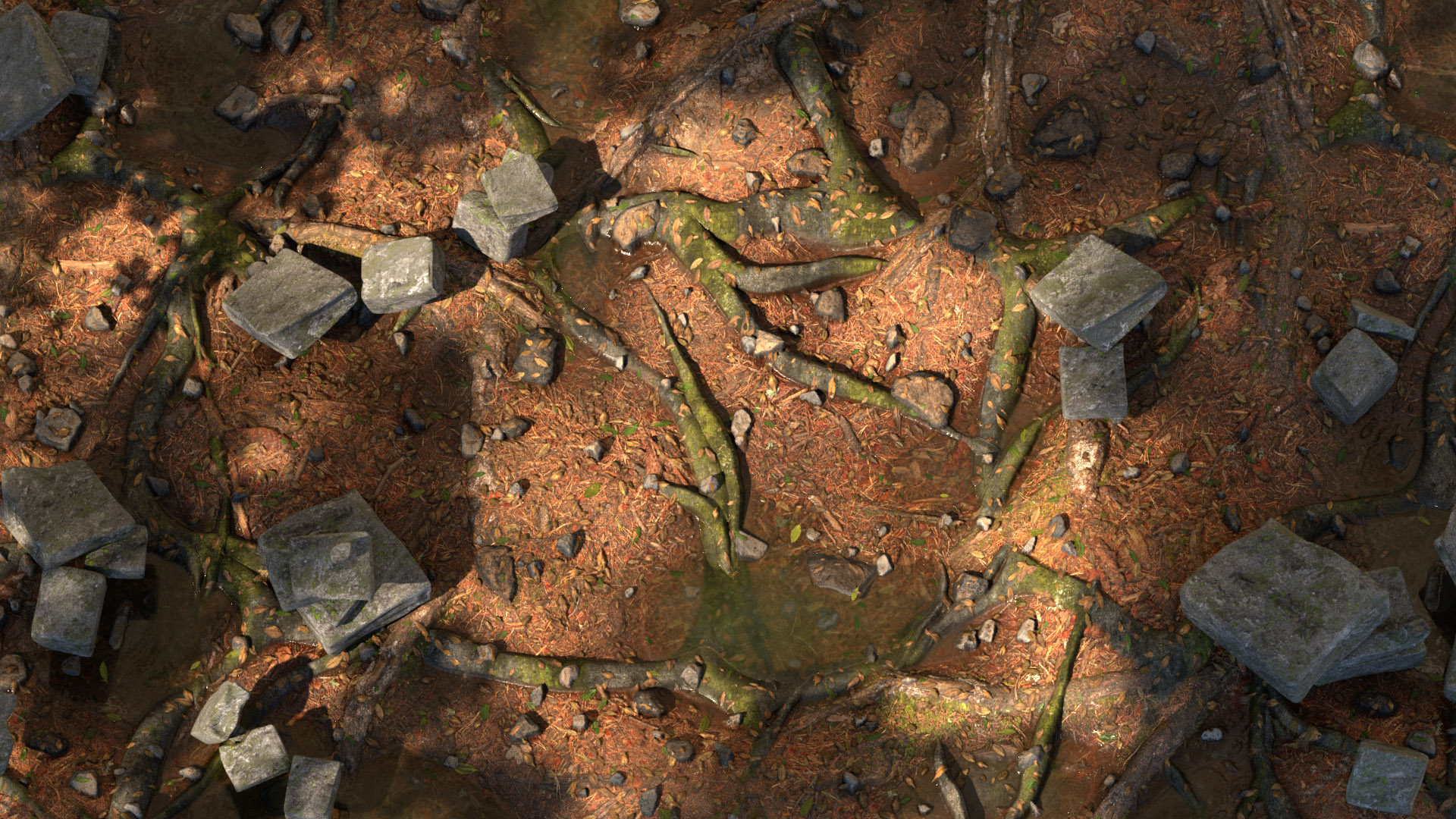

the f0 texture is plugged to the Reflectance at Normal channel.the Microfacet Distribution is set to ggx.the Roughness texture is plugged to the Roughness channel.the specular texture is plugged to the Specular channel (not the reflection channel!).the diffuse texture is plugged to the Diffuse channel.Then go to the export tab and select Arnold as the system configuration.Įxporting textures from Substance. (, 2017).Īrnold settings. (, 2017). Arnold being a raytracer and Substance Painter viewport being OepnGL, the result between the two might be slightly different. I wanted to do a bit more research myself into how to recreate as close a material as possible in Arnold, so I went and did some digging.Īrnold uses a Diffuse, Specular, Roughness workflow consequently textures made in Substance Painter using the BaseColor, Metallic workflow have to be converted for the Arnold shader. One of the things Jack had a problem with before was bringing the Substance Painter files from the application into Arnold itself, the bump map seeming too extreme and had to be tweaked.


 0 kommentar(er)
0 kommentar(er)
